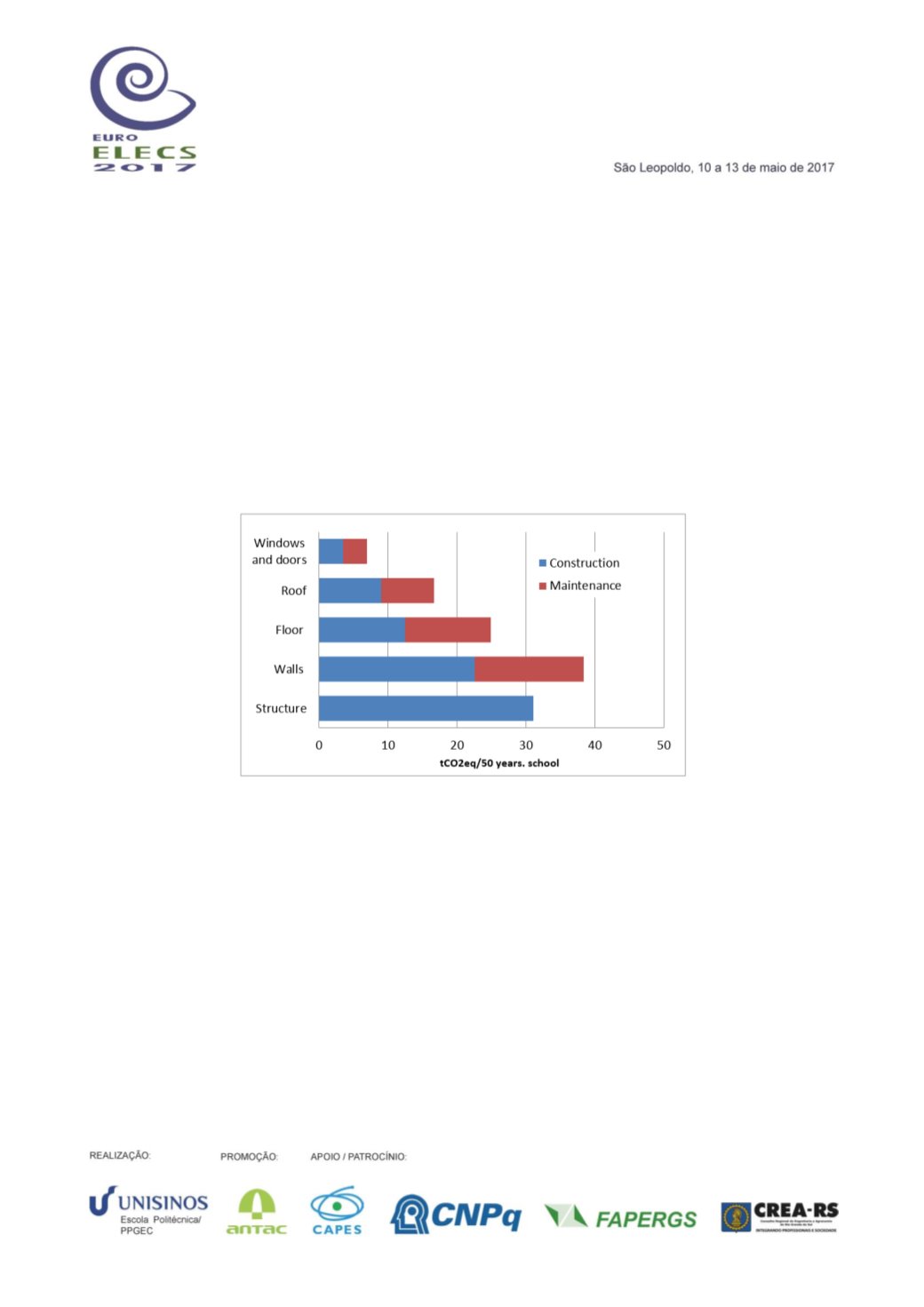

79
According to this figure, the increase of students in classrooms showed an increase of energy
consumption in a linear relation. There is a considerable difference, of around 70%, between the
classrooms with 40 students and 20 students. These results show the importance of occupational
density in energy consumption in a tropical country like Brazil, specifically in the Goiania city,
evaluated in this study. However, more studies are needed to prove this linearity when the extreme
points are extrapolated. In this case study, the maximum number of students possible in classroom
according to law is 48 (1 student/m²) and less than 30 students per classroom is far from the
Brazilian reality.
Therefore, the presented equation could be used to preview other occupational densities in this
school design (between the interval 20 and 40 students), remembering that this is a standard
municipal school design in Goiania, facilitating decision-making related to energy diagnosis
measures.
The participation of building systems in construction and maintenance phases are presented in
Figure 4.
Figure 4.
Total CO
2eq
emissions in school
The structure system presented the greatest participation in the construction phase, due to
concrete use, while the wall system presented the greatest participation in the maintenance phase,
where most of CO
2eq
is emitted by the paint replacement. The results of CO
2eq
emissions in the
building’s life cycle are presented in Figures 5 and 6.


















